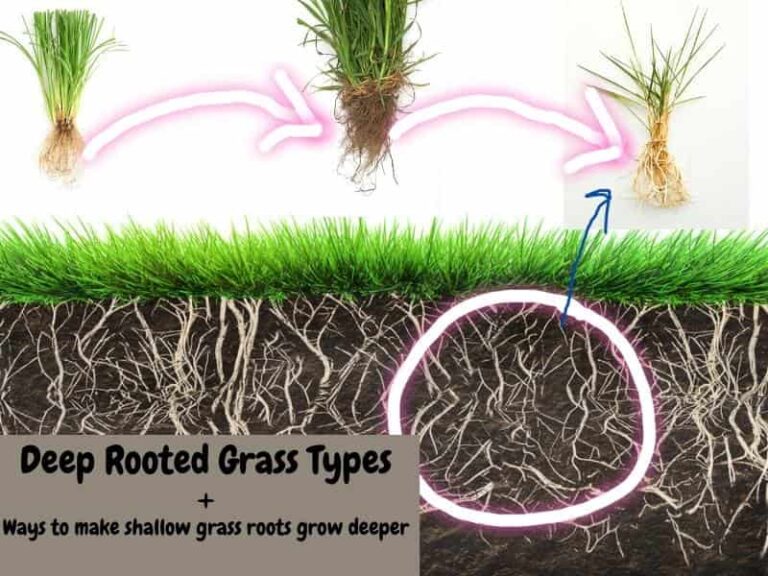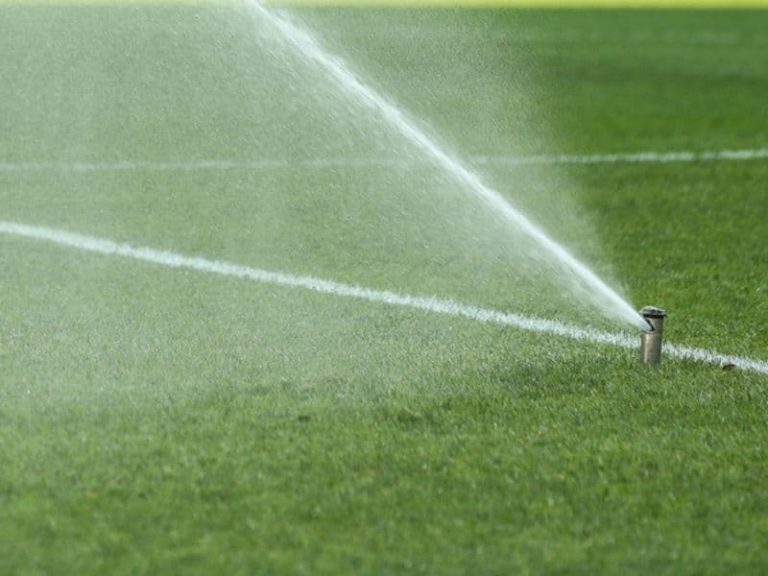Lawn Mower Pull Cord Hard to Pull
It can be really frustrating when you attempt to pull the starter rope on your mower and encounter lots of drag, followed by the mower failing to start. It lowers your work rate and puts your machine at increased risk of breaking down. Fortunately, it’s fixable.
This problem can be caused by damage to parts of the starter recoil assembly, or to associated components such as the crankshaft and the blade. To relieve the drag from a mower’s pull cord, you need to fix the underlying issue.
What makes a lawn mower hard to pull?
Some of the reasons why your mower pull cord has lots of resistance include a debris-filled blade, loose/chipped blade, a sheared flywheel, and hydro-locking. Lawn mower pull cord may also be hard to pull due to a faulty recoil assembly, misshapen crankshaft, lawn mower sitting too close to the ground, and poor pull cord handle design.
Bent/ Chipped Mower Blade
If any of the mower blades is bent or chipped, the drawcord will pull easily at first then become really hard to pull halfway through. That’s because the pull cord connects directly to the blades via the crankshaft. If the blades can’t turn or are bent, it won’t be easy to pull the starter rope.
Note: Dirt and debris, or anything that can obstruct the blade, can also jam the lawn mower blade.
Sheared flywheel key
The flywheel key aligns the flywheel to the crankshaft. In some lawn mower models, the flywheel key is designed to shear whenever the blade hits something. Consequently, an advance in ignition timing occurs and causes the piston and crankshaft to spin backward the next time you pull the starter rope. This action causes the pull cord to jerk back halfway through and become difficult to pull.
Hydro-Lock
Your lawn mower’s starter cord may also be hard to pull due to excess oil inside the piston cylinder. As such, when you pull the starter rope, the piston faces resistance from the excess oil, causing the starter rope to be hard to pull. This is known as a hydro lock.
Engine seizure
If you inadvertently run your mower without any oil in the crankcase, it may cause the piston to seize. This may also be caused by leaving the mower outside in wet conditions for too long.
Misshapen crankshaft
The shape of the crankshaft becomes distorted, causing the pull cord to be harder to pull. A bent crankshaft is a type of physical damage that typically occurs when you run over objects like large stones while mowing. Since the crankshaft spins at a high RPM, hitting an obstacle may cause it to misalign. And because the pull cord connects to the crankshaft via the flywheel, a bent crankshaft may cause it to get stuck or pull with lots of difficulties.
Damaged Recoil Assembly
A faulty recoil starter — whereby the starter rope is tangled — or a spring is broken, may also cause the drawcord to be hard to pull. When the recoil spring breaks, the pulley is unable to turn or retract.
Poor handle design
Sometimes, even when every part of the mower is functioning properly, the mower may still be hard to pull. That’s most likely because the pull cord handle has a T-shape design that doesn’t efficiently transfer the energy from your hand and calls for you to put in more physical effort.
Lawnmower is too close to the ground
Another reason why you may be finding the drawcord hard to pull is that the mower’s blades are too close to the ground during startup. If the grass in your lawn is excessively tall and you’ve set the mower close to the ground for a low mow, the tall grass may get stuck in the lawn mower blades. It makes it more difficult to pull the starter cord.
How to fix lawn mower with a pull cord that’s hard to pull
To fix a lawn mower pull cord that’s hard to pull, you have to find out the cause. Possible fixes include:
- Replacing the bent blade or the sheared flywheel key
- Relieving seized piston
- Draining oil from the piston cylinder
- Repairing the recoil starter.
Replace the Mower Blade
We don’t recommend attempting to straighten bent mower blades by yourself. Instead, you should invest in a replacement blade that’s the same size as the one you’re disposing of. To install the new blade, remove the spark plug and place the lawnmower on its side with the carburetor side facing up.
Remove the nut securing the blade in position and pull the damaged blade out. Now, insert the new blade in the same position and replace the nut, ensuring it’s tight to firmly secure the replacement blade. Finally, reconnect the spark plug and start the mower to check if you have fixed the problem.
Replace the Flywheel Key
If the mower’s drawcord is hard to pull due to a sheared flywheel key, you should replace the flywheel key by following the procedure detailed below:
i. Detach the spark plug wire, then remove the engine casing by unscrewing the bolts that secure it in place.
ii. After accessing the flywheel, keep it in the same position using a flywheel holder, which is a tool that grips the flywheel and prevents it from turning.
iii. Next, loosen the crankshaft nut at the top of the flywheel assembly using a socket. Then, using a flywheel puller, pull out the flywheel.
iv. Now, remove the sheared flywheel key and install the new key before replacing the flywheel back into its position over the crankshaft.
v. Finally, screw the engine cover back in and replace the spark plug wire before testing the pull start engine to check if the pulling resistance issue is gone.
Free the seized piston
If the issue is due to piston seizure, you should try setting the piston free. First, remove the spark plug and lubricate the spark plug hole. After ten minutes, rock the blade until it starts to turn. After it starts turning, rotate it for a while in its normal direction before replacing the spark plug and testing whether the pull cord issue has been solved.
Drain out excess oil
If the pull cord is hard to pull due to oil inside the cylinder head causing the piston to get stuck, drain the excess oil out via the spark plug hole. Remove the spark plug and tilt the mower to drain out the oil. Replace the spark plug and test whether the pull cord still has excessive drag.
Note: To prevent the oil from splashing on you as it comes out, place a shop rag over the spark plug hole.
Repair the starter recoil
If the problem stems from a damaged starter recoil, you can repair this part. Start by removing the casing. Then, untie the starter rope and free it from the housing. If the spring is damaged, install a replacement part.
Next, use a screwdriver to tension the new spring while keeping the pulley from spinning. Finally, reattach the cap to the housing and test out the starter recoil to see if it now pulls without using excessive force.
Adjust the Mower Height
If the low height of the mower is causing the grass to stick in between the mower blades and is transferring the problem to the starter rope, consider raising your mower height as you start it. After the engine starts running, lower the mower to the desired height.
Maintenance tips for a mower’s pull cord
- Avoid leaving your mower outside if rain has been forecasted. Water can make the engine seize.
- Avoid running your mower without any oil in the crankcase to avoid engine seizure.
- Occasionally take your mower for servicing. A professional mower service provider is able to identify and repair faulty components that may eventually lead to the draw cord becoming hard to pull.
References
i. Samuel M. Goldwasser, University of Pennsylvania: So you Got Oil in the Cylinder?
ii. Steven Danley, Christopher Egan, and Christopher Lyons, Worcester Polytechnic Institute: Engine Hydrostatic Lock Mitigation



![Can You Mow Wet Grass? [How to Cut Wet Grass Without Ruining Your Lawn]](https://lawnmodel.com/wp-content/uploads/2020/11/Can-you-cut-wet-grass-is-it-bad-to-mow-wet-grass-768x449.jpg)
